The growing popularity of 3D modeling in all spheres of business does not seem surprising at all. After all, once you compare it with the alternatives, it becomes absolutely obvious that 3D rendering services do not only save one’s money, time, and effort, they can actually significantly improve the results of one’s work. Most specialists appreciate this approach for the ability to make changes easily and quickly, and others acknowledge how comfortable it is to work with. Whatever your reasons appear to be, using 3D rather than 2D scratches or mock-ups is undoubtedly gaining in popularity.
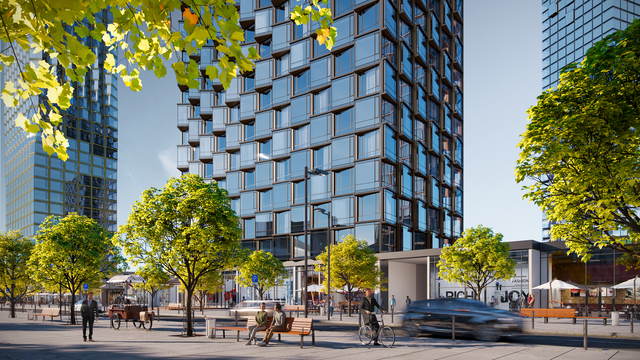
The best part is that if originally, 3D modeling was intended for only a few areas of commerce, nowadays, it seems impossible to find a sphere in which it has not been applied. No matter if you work in advertising, design, real estate, or production, 3D rendering can make your life much easier.
What do we mean when we speak about rendering?
Everything, starting from making Pixar cartoons and finishing with showing you what your yet unbuilt house will allegedly look like. It becomes so realistic that you probably think you are looking at a photograph at times. That is what they used to do in the past – make a model of a product, photograph it and show it to people. Today you can basically jump to step three of this plan.
Have you designed a car? Do you want to sell your design to the manufacturer? Using the rendering capabilities, it is now possible to present it digitally without using any physical materials whatsoever. Your alleged customer will see a moving image and will be able to pay attention to any details they wish. And if changes are needed, it will take you only a few clicks to do this.
The key to making this so easy is high-quality software that can process significant amounts of data without delay. Such software allows you to make the picture so precise and add so many details that it may actually turn out quite difficult to distinguish your image from a real photo.
How is it done?
Naturally, it would be best if you had more than good tools for creating masterpieces; it also requires knowledge and effort. Let us take a closer look at the stages a professional goes through when creating a highly realistic, high-quality 3D model.
1. Concept
First of all, you need to come up with an idea. Most commonly, a customer has a clear vision of what their product must look like. It is then the task of the artist to ask all the necessary questions regarding the look, style, and details. After scrutinizing inquiries, the artist can make the model as close to what the customer had in mind.
2. Modeling
Before creating an actual rendering, one needs to create a 3D model it could grow from. It is basically a digital sketch of the product’s appearance without any excessive details.
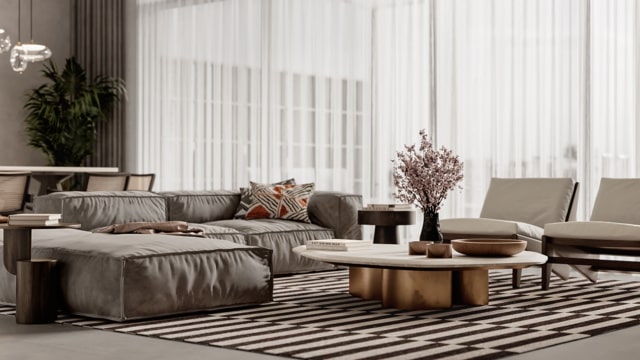
3. Rendering
This process brings the images to life. Artists work with precise details to make the picture distinctive and believable. This stage includes lighting, shadows, and texture.
4. Delivery
Once the product is finished, it can be presented to the customer. It is perfectly fine to discuss changes at this point as they are relatively easy to make, depending on how big the changes may be.
What kinds of rendering are there for you to use?
1. Architectural
Architecture is probably the hottest market for rendering. In fact, nowadays, it is hard to imagine architecture without 3D rendering. Not so long ago, architects had to create real-life models of their buildings, turning their creative thinking process into basic craftsmanship. Nowadays, it has happily been forgotten by most successful companies.
It is easier, but 3D rendering is also very beneficial, too, as it gives you an opportunity to see in advance where things might go wrong and, consequently, avoid these issues. Depending on the kind of objects you work with, this could easily save you a fortune.
2. Interior
Similar to what we said about architecture, interior design is all about being able to predict how various objects might work together and what the final result will look like. 3D rendering allows you to include aspects such as light, texture, and shadows, which is crucial for designing an interior. Never before has it been possible to predict so precisely what your environment might look like before you implement the changes.
Needless to say, it is vital to be able to do this without ordering samples or actually moving furniture.
3. Production
No matter what you are working with – refrigerators and books, cereal and hats, furniture, and jewelry have all been designed to have a specific distinctive look at some point. If the design is new, most likely, it was done by applying 3D rendering. Previously we spoke about creating a new car and how you can start with making a 3D model, and this works with all other products as well.
4. Medicine
The main disadvantage of mass production is that it unifies people and often negates the needs of those who differ from the majority. With clothes, this is simply annoying. With medicine, it can be fatal. In the past, prosthetic limbs were all made the same, and one was either lucky enough to find a limb that fit them or had to suffer. 3D modeling allows us to create artificial body parts specifically for every client, taking into consideration the complexity of their life and body.
In conclusion, regardless of which sphere of business you work in, 3D rendering has already become a significant part of it or is very likely to do so very soon. Applying this technology modernizes architecture, medicine, interior design, production, and marketing, taking them to a new level. With 3D rendering, your imagination becomes a powerful tool capable of changing the world.
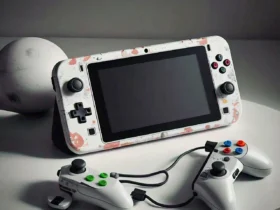





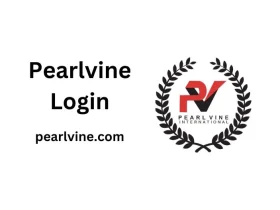
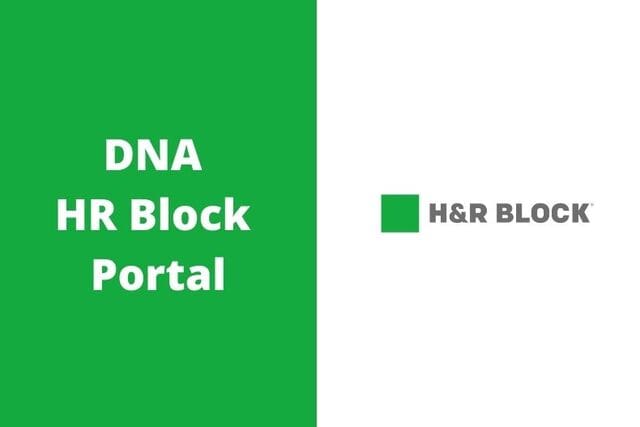

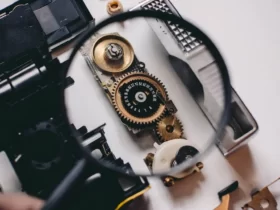

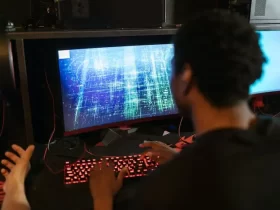
Leave a Reply